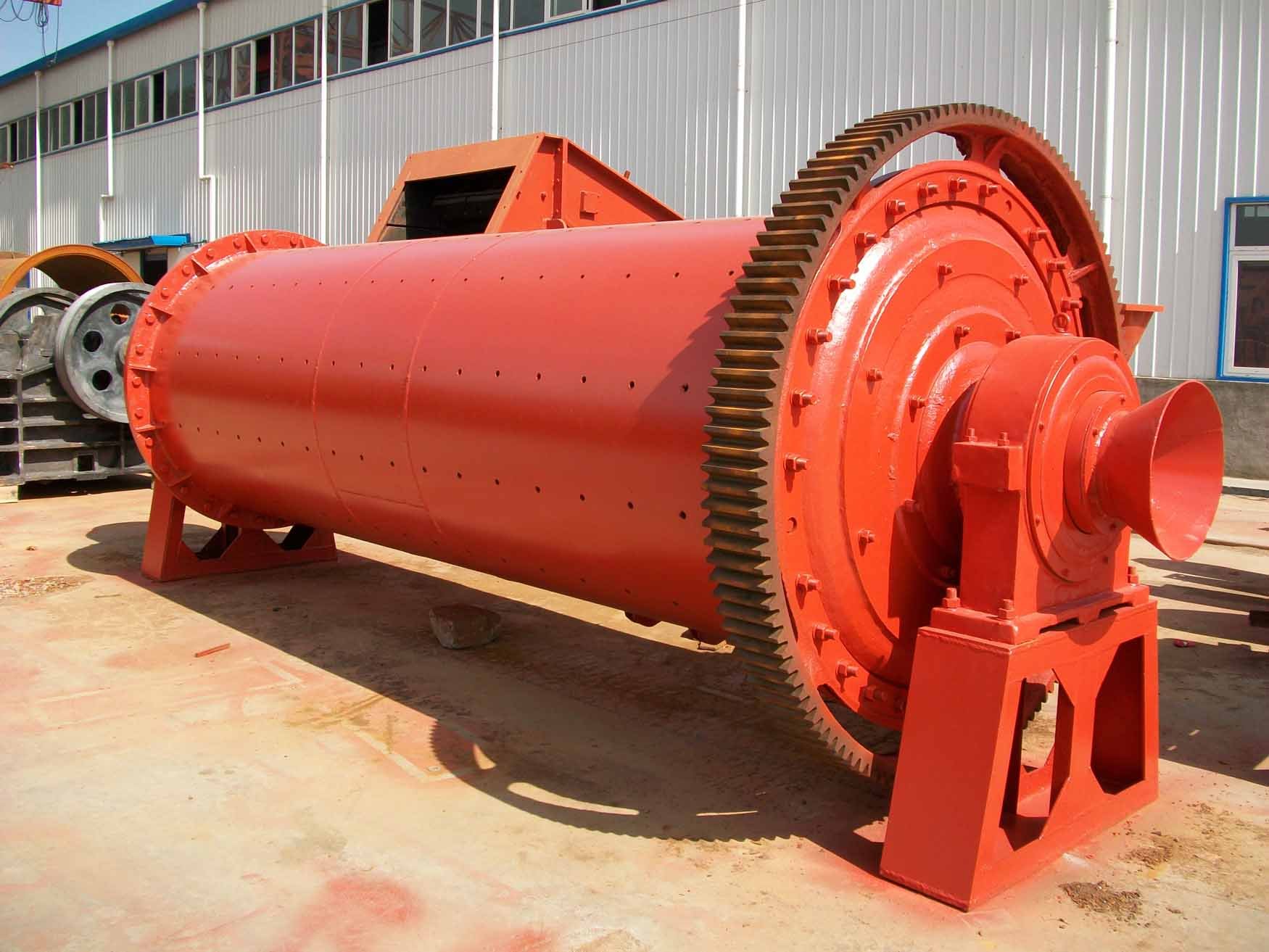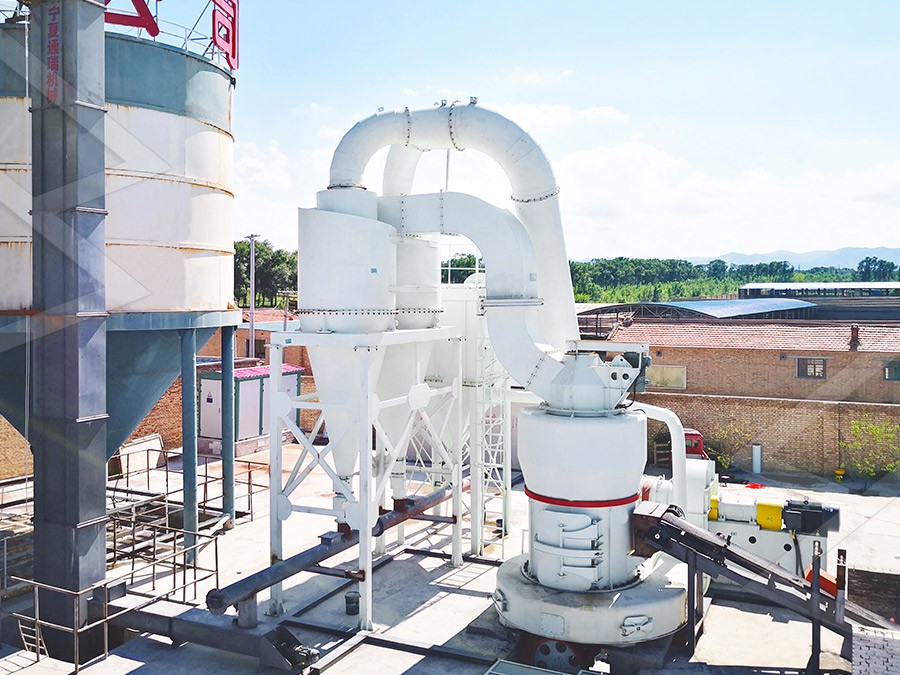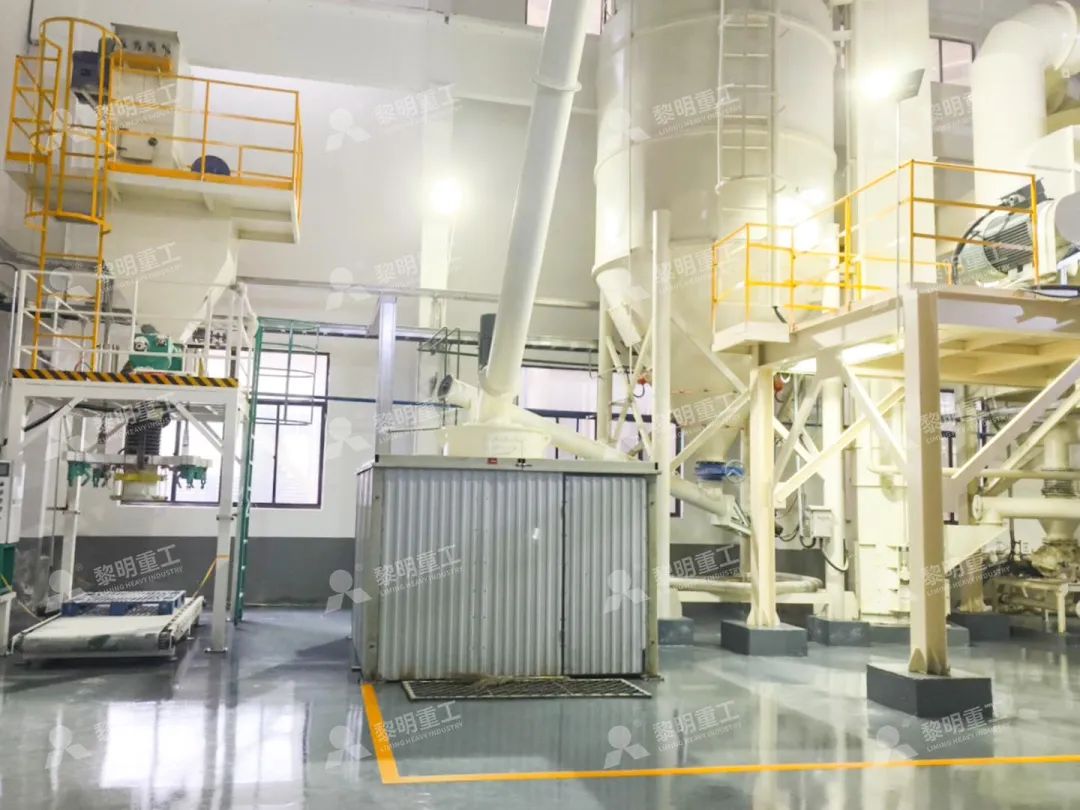Rod Mill vs Ball Mill: What’s the Difference and How to Choose?
Rod Mill vs Ball Mill: What’s the Difference and How to Choose?
Hey folks, let’s talk grinding. If you’re in the mineral processing or construction materials game, you’ve undoubtedly faced the classic choice: rod mill or ball mill? It’s not just about picking a machine; it’s about selecting the right tool for your specific material and product goals. Getting it wrong can mean inefficient operation, higher costs, and a product that doesn’t meet spec. So, let’s break down the key differences to help you make an informed decision.
The Core Difference: Grinding Media
The most fundamental difference lies in what’s inside the rotating drum. A ball mill is, unsurprisingly, filled with grinding balls—usually steel or ceramic. These balls impact and crush the material through a combination of forces. A rod mill, on the other hand, uses long, cylindrical steel rods as the grinding media. This might seem like a small detail, but it leads to entirely different grinding actions and outcomes.

Grinding Action and Product Size
This is where the choice really matters. The action in a ball mill is often described as a point contact, creating a more random impact and finer grind. It’s excellent for producing very fine powders. The rod mill, however, employs a line contact between the rods. The rods tumble and slide over each other, creating a preferential size reduction that crushes the coarse particles first while minimizing the over-grinding of finer material. This results in a more uniform particle size distribution with fewer extreme fines.
- Ball Mill Best For: Fine to ultra-fine grinding. Ideal for secondary or tertiary grinding stages where the goal is a very fine product (often below 100 mesh).
- Rod Mill Best For: Coarse grinding with a need for minimal fines. Perfect for primary grinding, handling soft to medium-hard materials, and producing a product in the range of about 1-2 mm.
Operational Considerations
Ball mills are generally more versatile and can handle a wider range of materials and fineness requirements. However, they can be less efficient for coarse grinding and are more prone to liner and ball wear. Rod mills are more selective in their grinding but are not suitable for very hard materials, as the rods can bend. They also require more attention to the rod charge to maintain efficiency.

Thinking Beyond Traditional Mills: The Modern Alternative
While rod and ball mills have been industry workhorses for decades, modern mineral processing often demands higher efficiency, lower energy consumption, and finer, more controlled products. This is where advanced grinding technologies from LIMING come into play.
For operations requiring ultra-fine powder (think 325-2500 meshes!), our MW Ultrafine Grinding Mill is a game-changer. It’s designed for customers who need to make ultra-fine powder without the high energy costs and noise of traditional systems. With an input size of 0-20 mm and capacity of 0.5-25 tph, it’s incredibly flexible.
Its cage-type powder selector, based on German tech, allows for precise fineness adjustment. A huge advantage is the lack of rolling bearings and screws in the grinding chamber – no more worries about bearing failures or loose screws causing downtime. Plus, the integrated pulse dust collector and muffler make the entire operation cleaner and quieter, meeting strict environmental standards. It’s perfect for materials like limestone, calcite, talc, and cosmetics-grade powders.

How to Choose: A Quick Guide
- Define Your Product: What is your target fineness? Coarse, uniform product? Consider a rod mill. Very fine powder? A ball mill or our MW Ultrafine Mill is better.
- Consider Your Material: Hard, abrasive materials can be tough on rod mills. Very soft, sticky materials might not suit ball mills well.
- Evaluate Efficiency: Look beyond the initial purchase price. Consider energy consumption per ton of product and maintenance costs. Modern mills like the MW series offer significant energy savings.
- Think About the Future: Will your product requirements change? Choose a mill that offers flexibility, like the adjustable fineness of the MW Ultrafine Grinding Mill.
Ultimately, the “right” mill depends on your specific application. While rod and ball mills are proven technology, don’t overlook the advanced efficiency and control offered by modern grinding solutions. It’s worth exploring all your options to find the most profitable and productive path for your operation.
